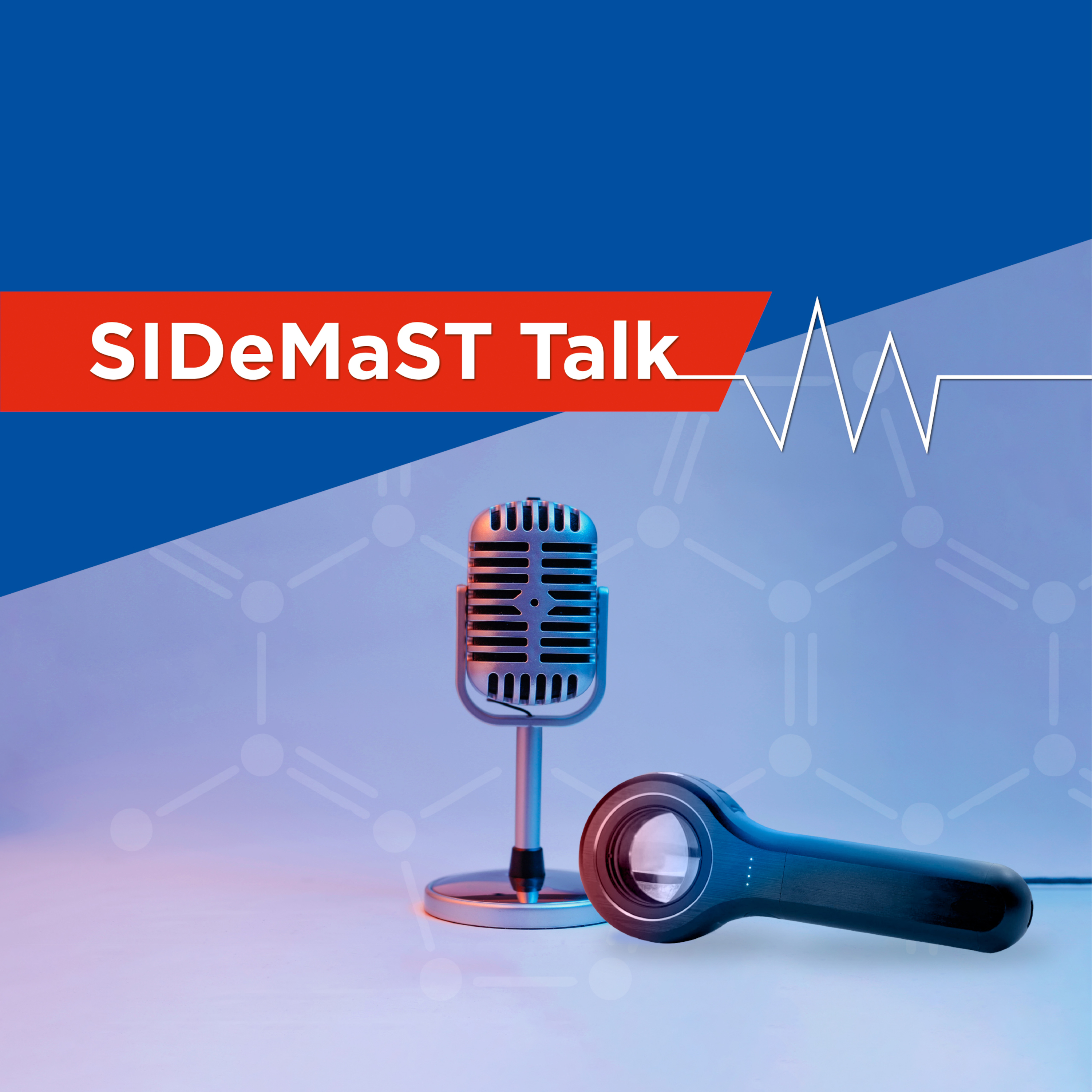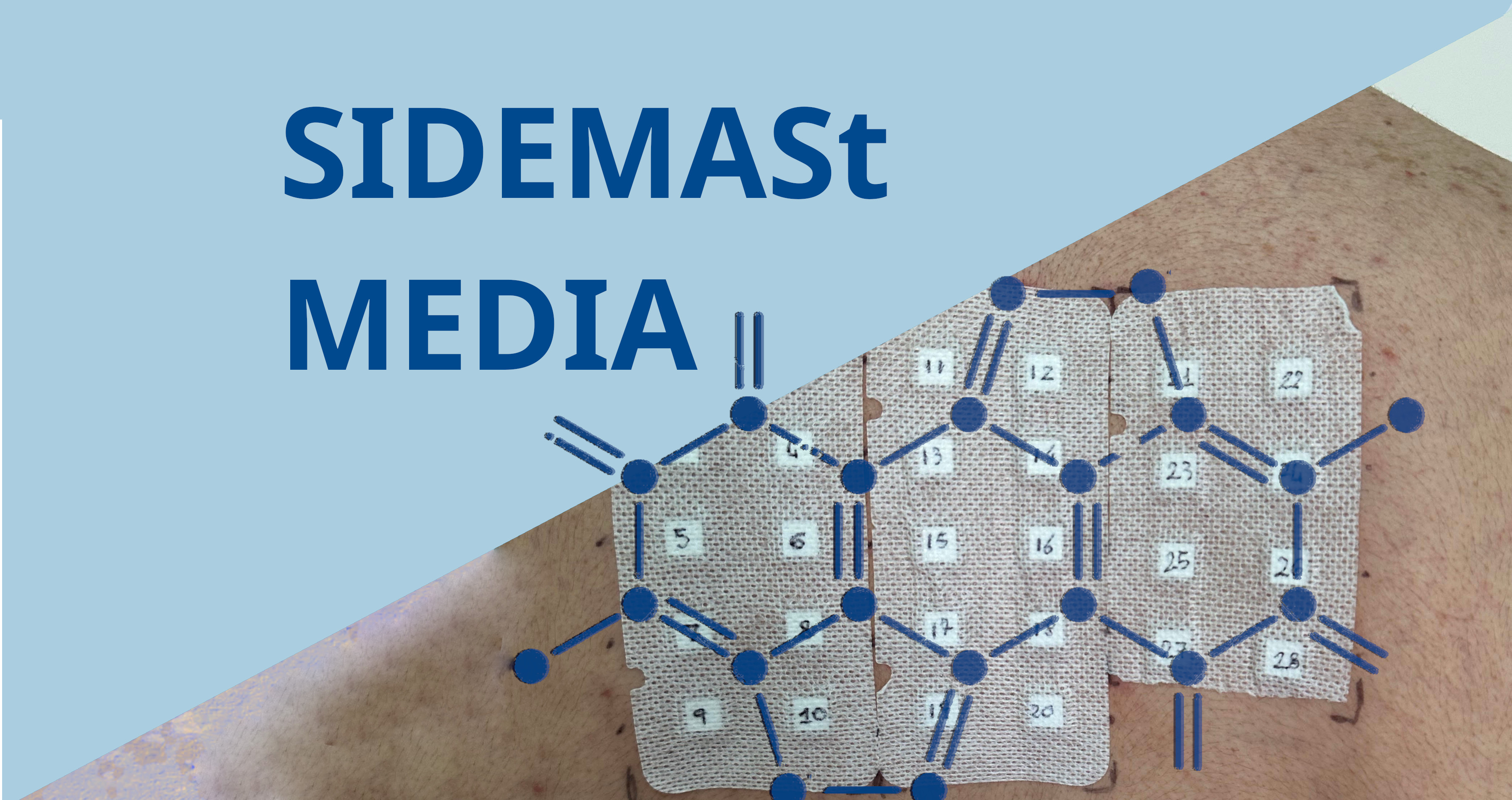It's what's missing in the tumour genome -- not what's mutated -- that thwarts treatment of metastatic melanoma with immune checkpoint blockade drugs, according to a study published in the journal Science Translational Medicine.
Whole exome sequencing of tumour biopsies taken before, during and after treatment of 56 patients showed that outright loss of a variety of tumour-suppressing genes with influence on immune response leads to resistance of treatment with both CTLA4 and PD1 inhibitors.
The study author's research focuses on why these treatments help 20% to 30% of patients -- with some complete responses that last for years -- but don't work for others.
The findings indicate that analysing loss of blocks of the genome could provide a new predictive indicator.
"Is there a trivial or simple [genomic] explanation?" said Andrew Futreal, PhD, University of Texas MD Anderson Cancer Center, Houston, Texas. "There doesn't seem to be one. Therès no obvious correlation between mutations in cancer genes or other genes and immune response in these patients. There are, however, pretty strong genomic copy loss correlates of resistance to sequential checkpoint blockade that also pan out for single-agent treatment."
"We found a higher burden of copy number loss correlated to response to immune checkpoint blockade and to lower immune scores, a measure of immune activation in the tumour's microenvironment," said Whijae Roh, University of Texas MD Anderson Cancer Center. "We also found copy loss has an effect that is independent of mutational load in the tumours."
Melanoma tumours with larger volumes of genetic alterations, called mutational load, provide more targets for the immune system to detect and are more susceptible to checkpoint blockade, although that measure is not conclusive alone.
"Combining mutational load and copy number loss could improve prediction of patient response," said Jennifer Wargo, MD, University of Texas MD Anderson Cancer Center.
When the team stratified patients in another data set of patients by whether they had high or low copy loss or high or low mutational load, they found that 11 of 26 patients with high mutational load and low copy loss had a clinical benefit, while only 4 or 26 with low mutational load and high copy loss benefited from treatment.
In the trial, patients were treated first with the immune checkpoint inhibitor ipilimumab, which blocks a brake called CTLA4 on T cells. Patients whose melanoma did not react then went on to anti-PD1 treatment with nivolumab, which blocks a second checkpoint on T cells. Biopsies were taken, when feasible, before, during and after treatment for molecular analysis to understand response and resistance.
To better understand the mechanisms at work, the researchers analysed tumour genomes for recurrent copy loss among 9 tumour biopsies from patients who did not respond to either drug and had high burden of copy number loss. They found repeated loss of blocks of chromosomes 6, 10 and 11, which harbour 13 known tumour-suppressing genes.
Analysis of a second cohort of patients confirmed the findings, with no recurrent tumour-suppressor loss found among any of the patients who had a clinical benefit or long-term survival after treatment.
The researchers also found a hint that treatment with ipilimumab, even if it fails, might prime the patient's immune system for successful anti-PD1 treatment.
The team analysed the genetic variability of a region of the T cell receptors, a feature of T cells that allows them to identify, attack and remember an antigen target found on an abnormal cell or an invading microbe. They looked for evidence of T cell "clonality," an indicator of active T cell response.
Among eight patients with longitudinal samples taken before treatment with both checkpoint types, all 3 who responded to anti-PD1 therapy had shown signs of T cell activation after anti-CTLA treatment. Only 1 of the 5 non-responders had similar indicators of T cell clonality.
"That's evidence that anti-CTLA4 in some cases primes T cells for the next step, anti-PD1 immunotherapy," said Dr. Futreal. "It's well known that if you don't have T cells in the tumour, anti-PD1 won't do anything, it doesn't bring T cells into the tumour."
Overall, they found that T cell clonality predicts response to PD1 blockade but not to CTLA-4 blockade.
"Developing an assay to predict response will take an integrated analysis, thinking about genomic signatures and pathways, to understand the patient when you start therapy and what happens as they begin to receive therapy," said Wargo. "Changes from pretreatment to on-therapy activity will be important as well."
SOURCE: University of Texas MD Anderson Cancer Center








